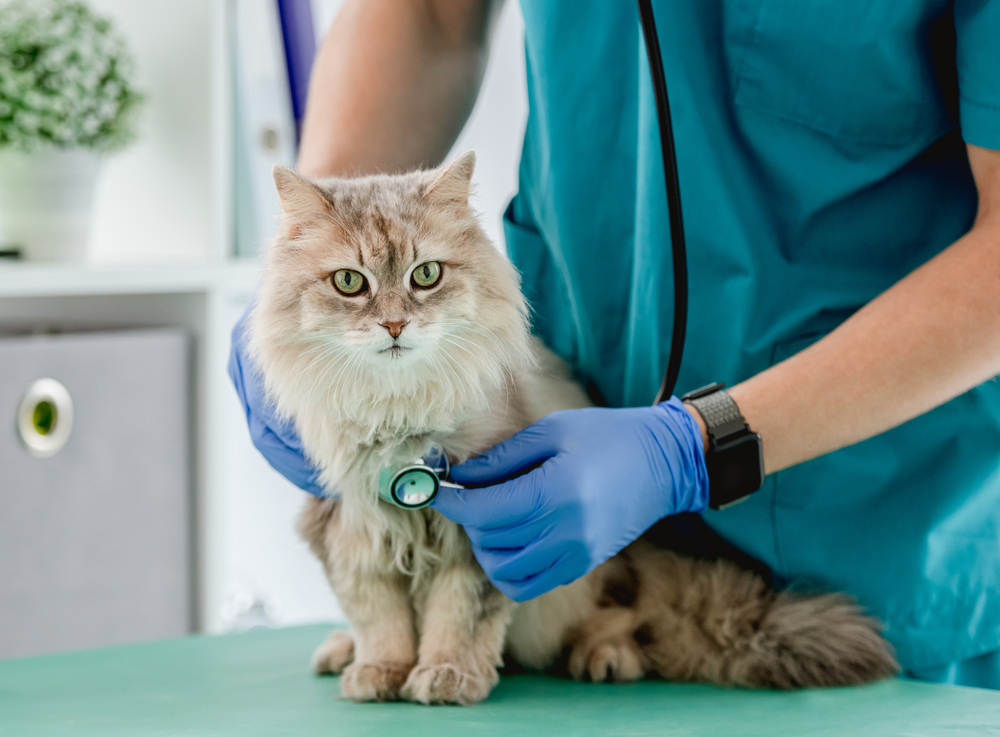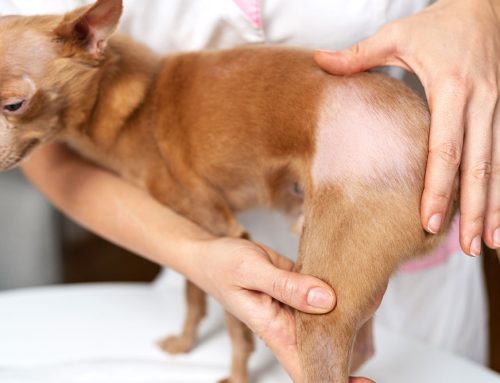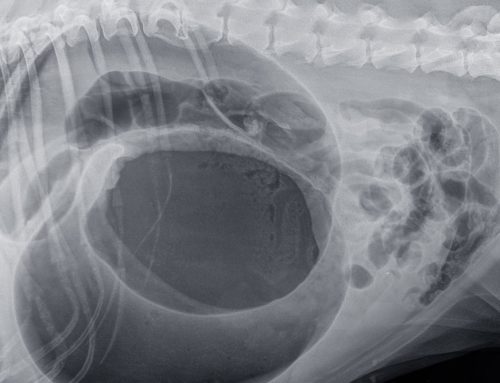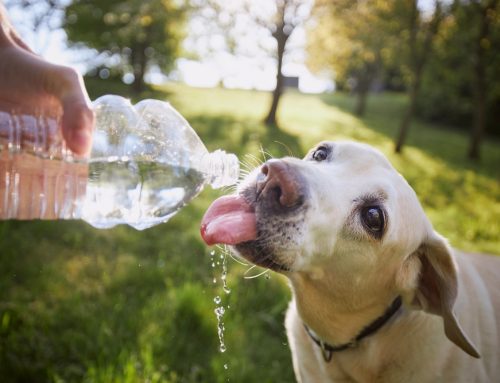Nothing is more exciting than adopting a new furry family member—not to mention how good you feel, knowing you are providing a homeless animal with the love and companionship that all animals deserve. Follow our checklist to ensure a smooth transition for your new dog or cat, and get ready for more love—and hair—than you ever thought possible!
Do your research before adopting a pet
Before bringing home a new pet, spend time researching which breeds would best suit your lifestyle. Think also about your needs, and the needs of each breed, to ensure you and your pet will be a great fit. Consider the following when assessing a breed:
- Energy level
- Compatibility with children and other animals
- Common behavioral issues
- Size and coat type, especially if you are an allergy sufferer
- Common medical conditions
Of course, every pet’s personality is unique, but by understanding a breed’s general characteristics, you will be better prepared to make the right decision.
Gather essential pet supplies
A new pet—especially a puppy or kitten—will need some essential items to get settled into their new home. Speak with our veterinary team if you aren’t sure what you need, but start with these basics:
- Leash, harness, and adjustable collar — A collar is a great place for ID tags, which provide extra security if your sneaky pet slips outside, and can help you keep your new pet safe and secure as they acclimate to a new environment. Fit your new pet properly by ensuring you can slip two fingers between the collar and your pet’s neck. Monitor the fit as your pet grows, so the collar doesn’t become too tight.
- Secure area or crate — Rather than giving your pet free roam of the house when you are away or unable to supervise them, leave them in a secure crate or a pet-proofed area. If you decide to use a crate, you will need to slowly train your pet to accept spending time there.
- Soft bed and blanket — Supervise your pet in their new bed or crate initially, to ensure they do not nibble on their bed or blankets.
- Food and water bowls — A healthy, happy pet’s basic needs include regular access to water and an age-appropriate diet.
- Nutritious pet food — Proper diet is critical for a growing pet. Ask your veterinarian for recommendations.
- Treats — Small, tasty treats are a useful tool for teaching your new pet manners and obedience commands.
- Baby gates — Curious pets like to explore, and many household items, such as electrical cords, can be dangerous. Use baby gates to block access to potentially dangerous areas or items, as well as belongings you would rather they not chew.
- Chew toys — A variety of toys will help keep your new pet occupied and prevent them from chewing your belongings. Give your new pet size-appropriate chew toys to prevent accidental ingestion, and offer a range of toys to let them choose their preference.
- Grooming supplies — Whether your new pet is long- or short-haired, grooming is essential for good health. Appropriate brushes, shampoo, and nail clippers will help your pet look and feel their best.
- Carpet cleaner — Let’s get real—potty training can be a slow process, and chances are your new pet is going to have some accidents. Accept this as a reality, and invest in a quality carpet cleaner. You can thank us later.
Prepare to train your new pet
Pets are similar to children and rely on you to provide their boundaries, and to teach them appropriate behavior through positive reinforcement. Training should start from the moment your new pet comes home. One option is to find a qualified trainer who not only can train your pet, but also teach training skills so you can continue the training process. Most trainers offer private instruction and group classes. Many pet supply stores offer puppy classes that provide socialization and behavioral training. Group classes are great for you to meet and bond with other puppy parents, and for your puppy to make friends.
Schedule a vet visit for your new pet

A new puppy or kitten requires multiple vaccination boosters as they grow, along with regular physical exams and parasite prevention, to keep them happy and healthy. Before bringing home your new pet, ask the shelter or rescue group to provide you with any vaccine and previous health records, and bring these to your first veterinary visit. Ensure your new pet’s optimal health by scheduling a wellness exam in the first few days after bringing them home.
Adopting a new pet is exciting, but also overwhelming. We’re here to help you every step of the way. Contact Star of Texas Veterinary Hospital with any questions about adopting a new pet, or to set up a wellness exam for your new furry addition.






